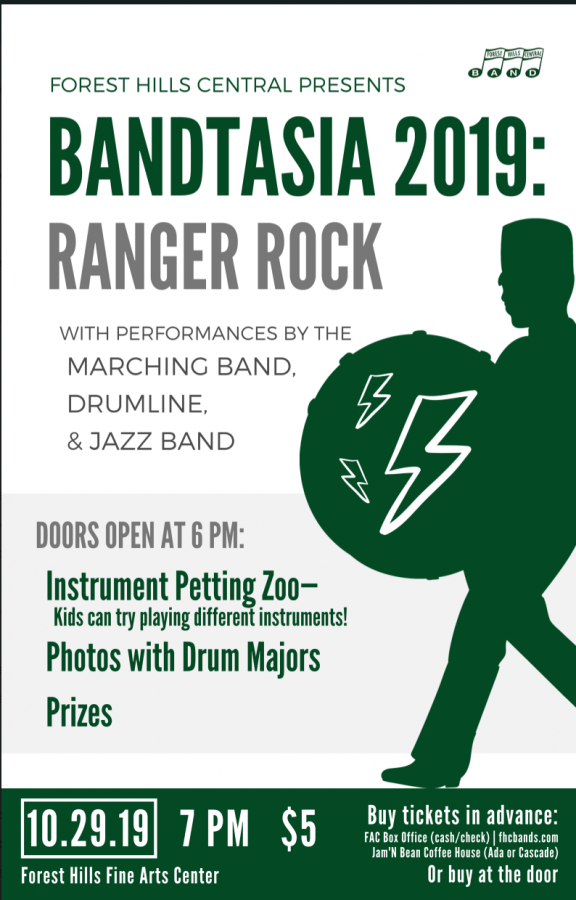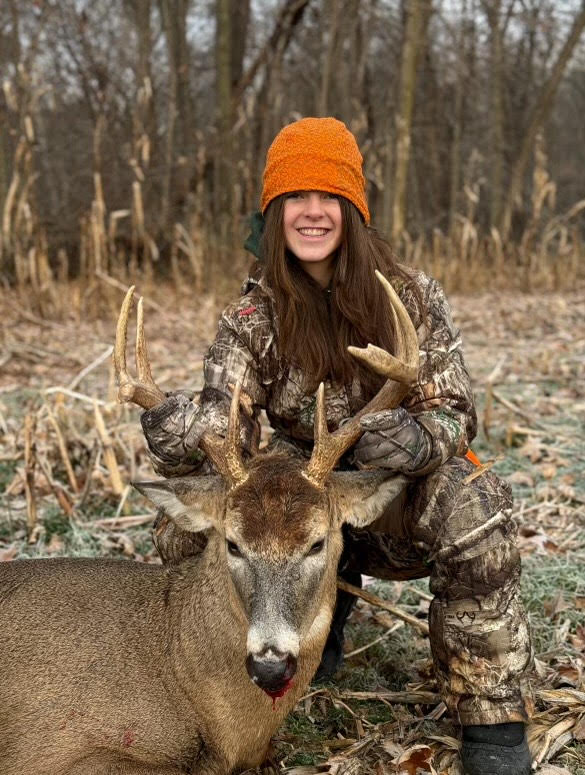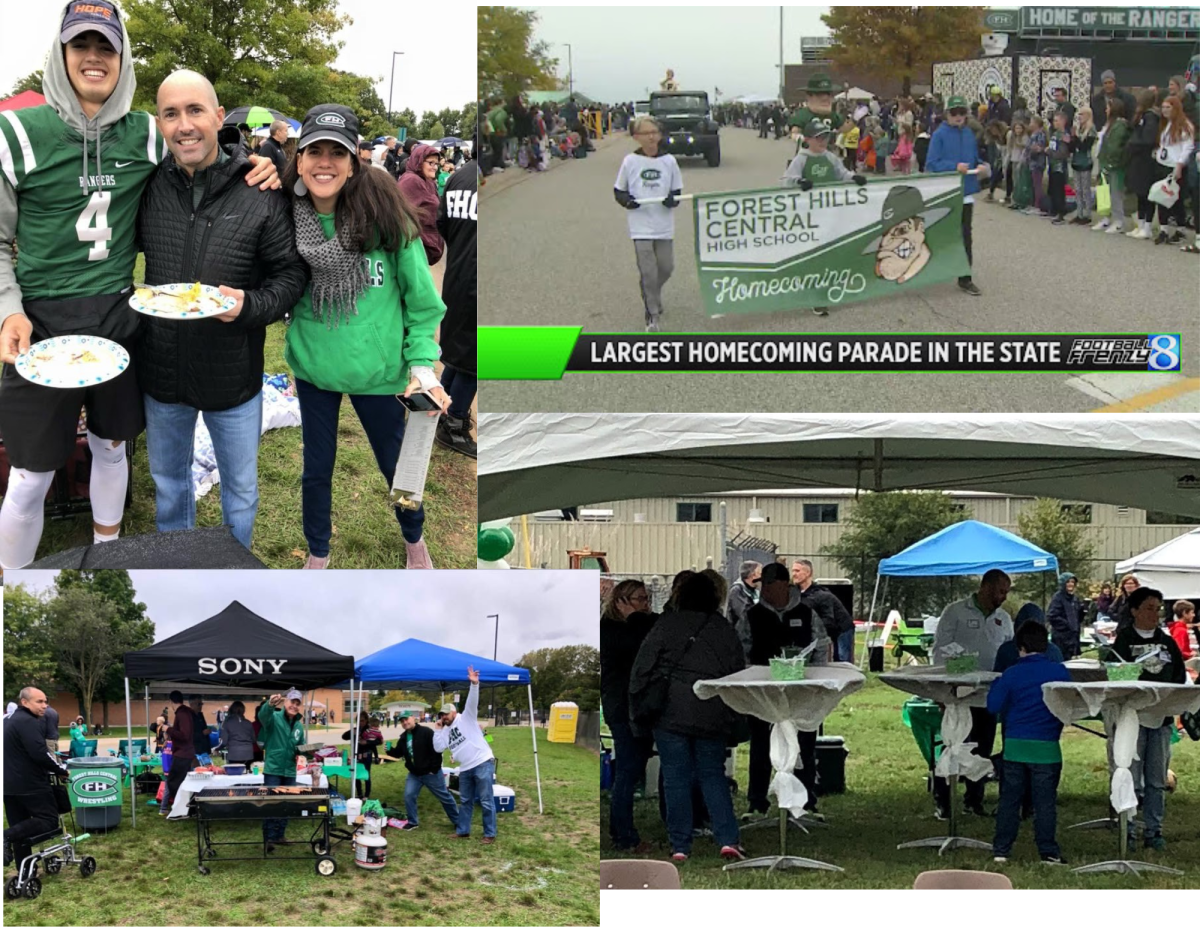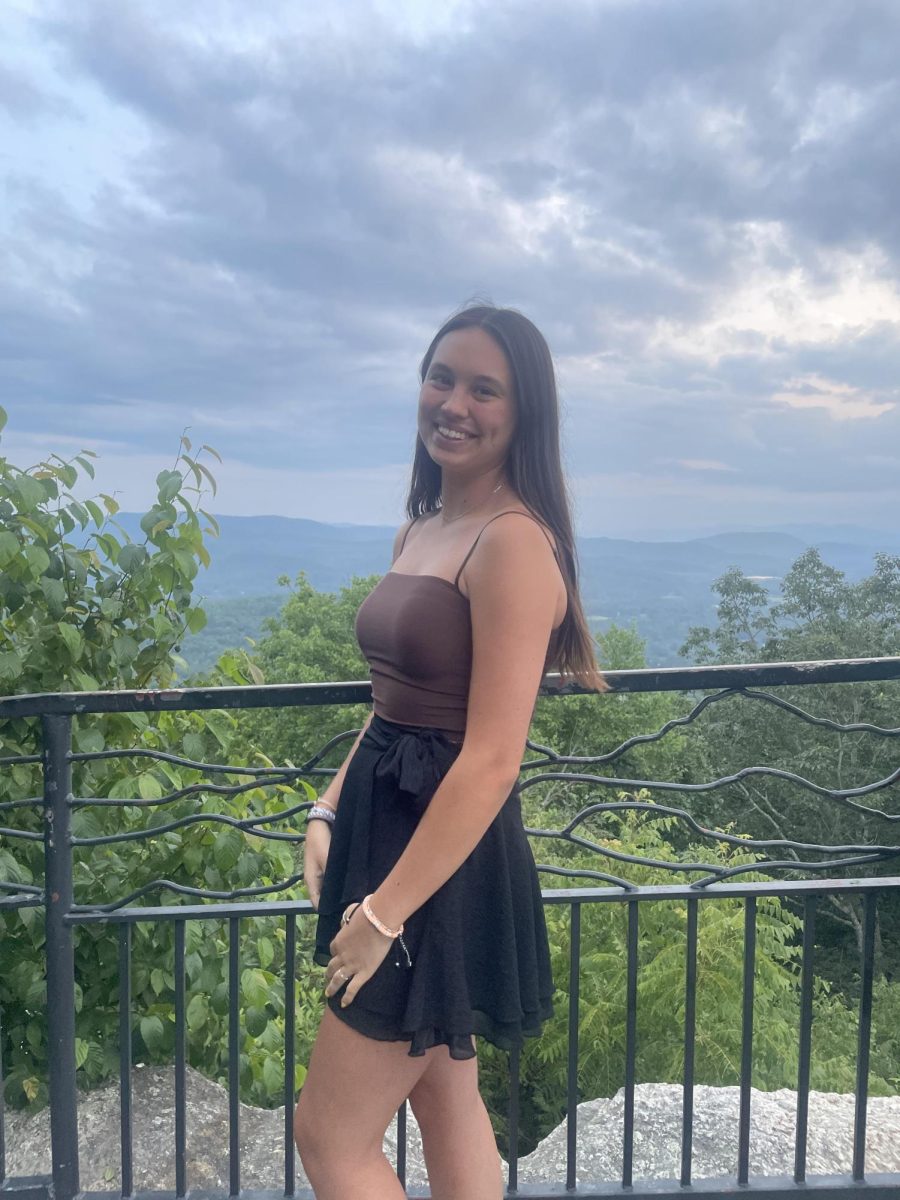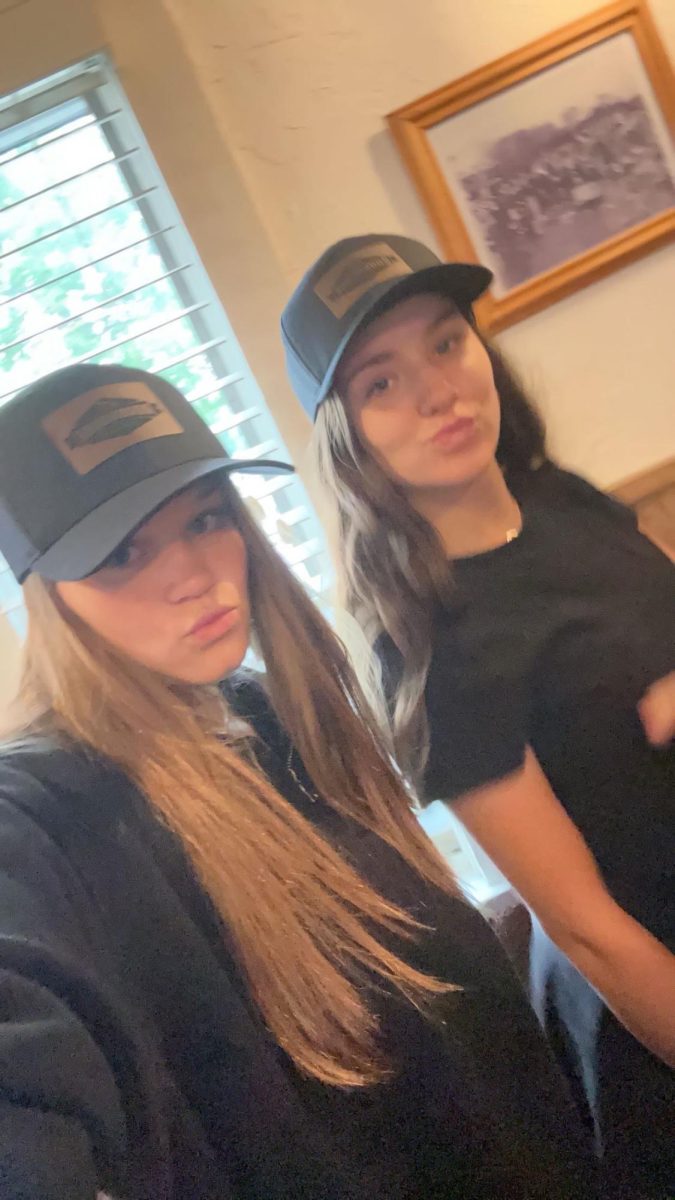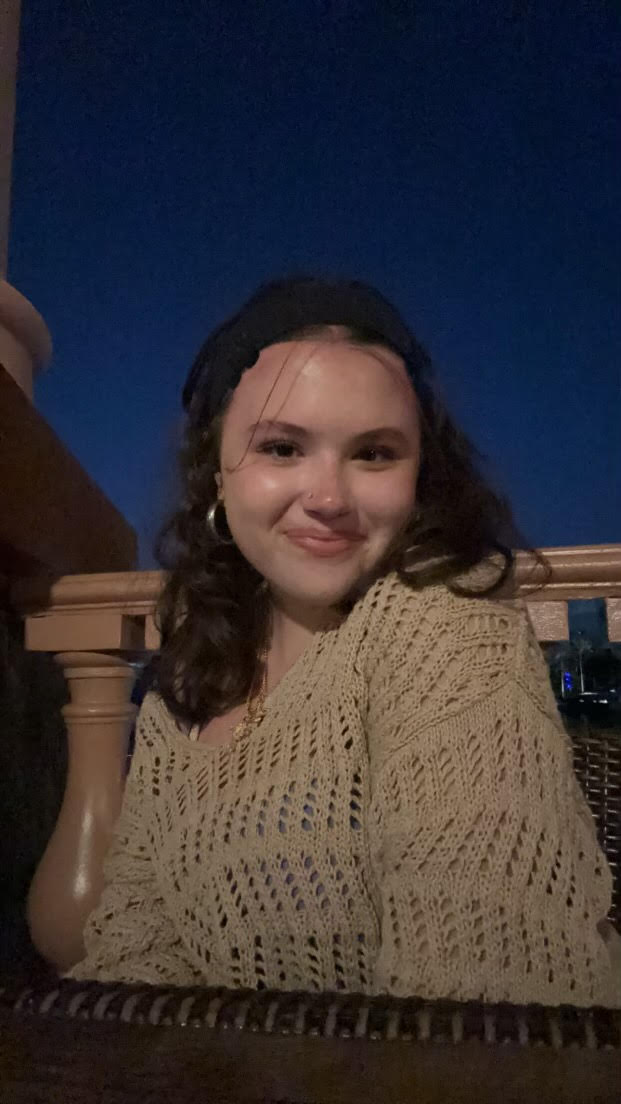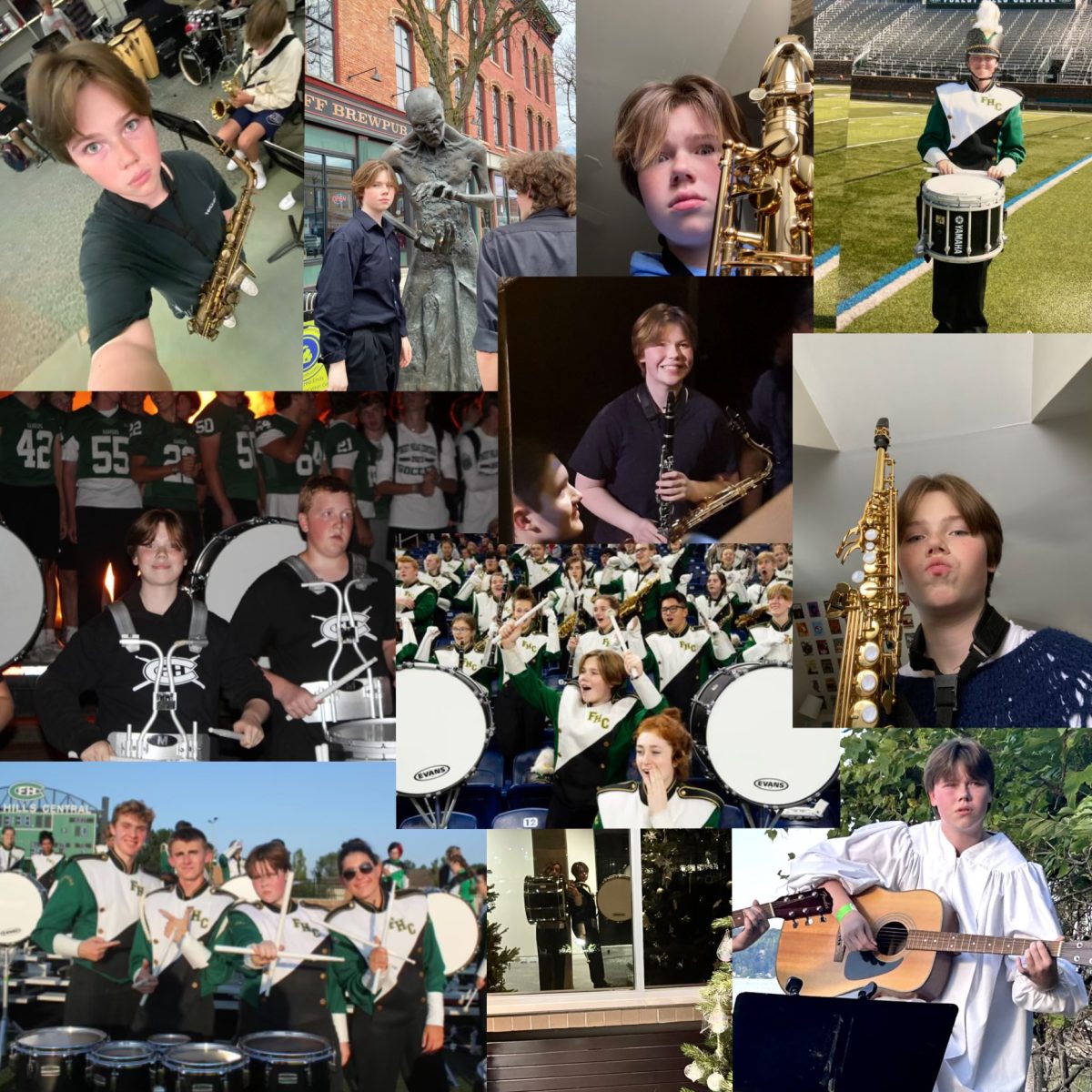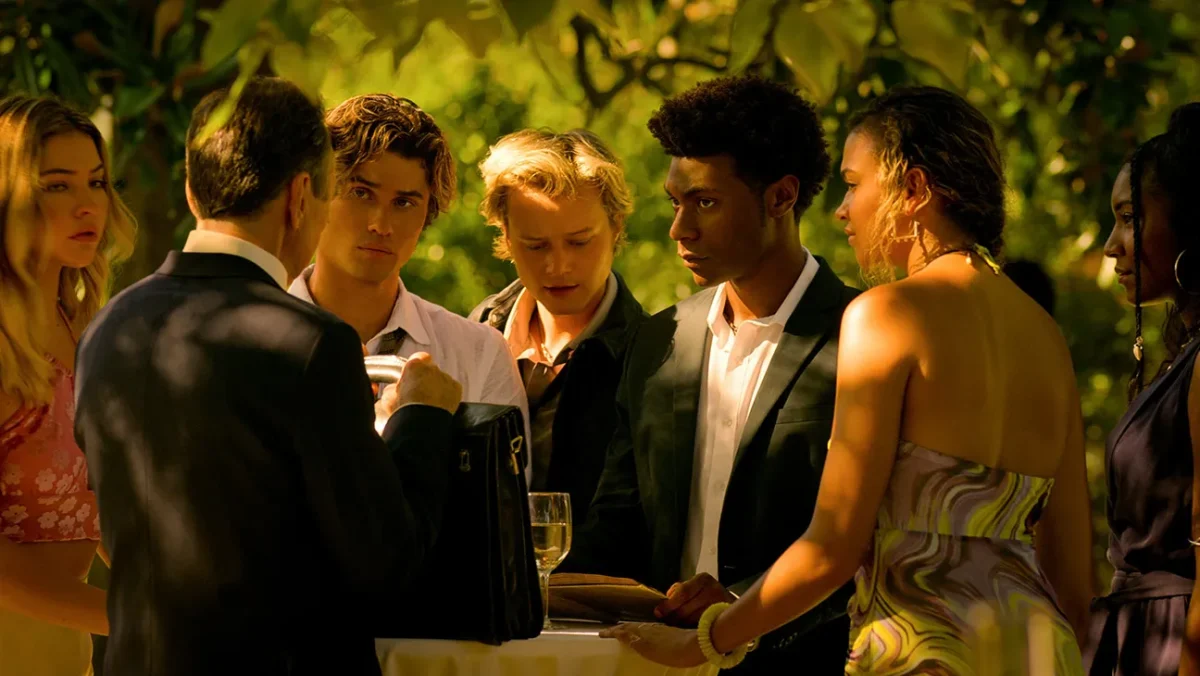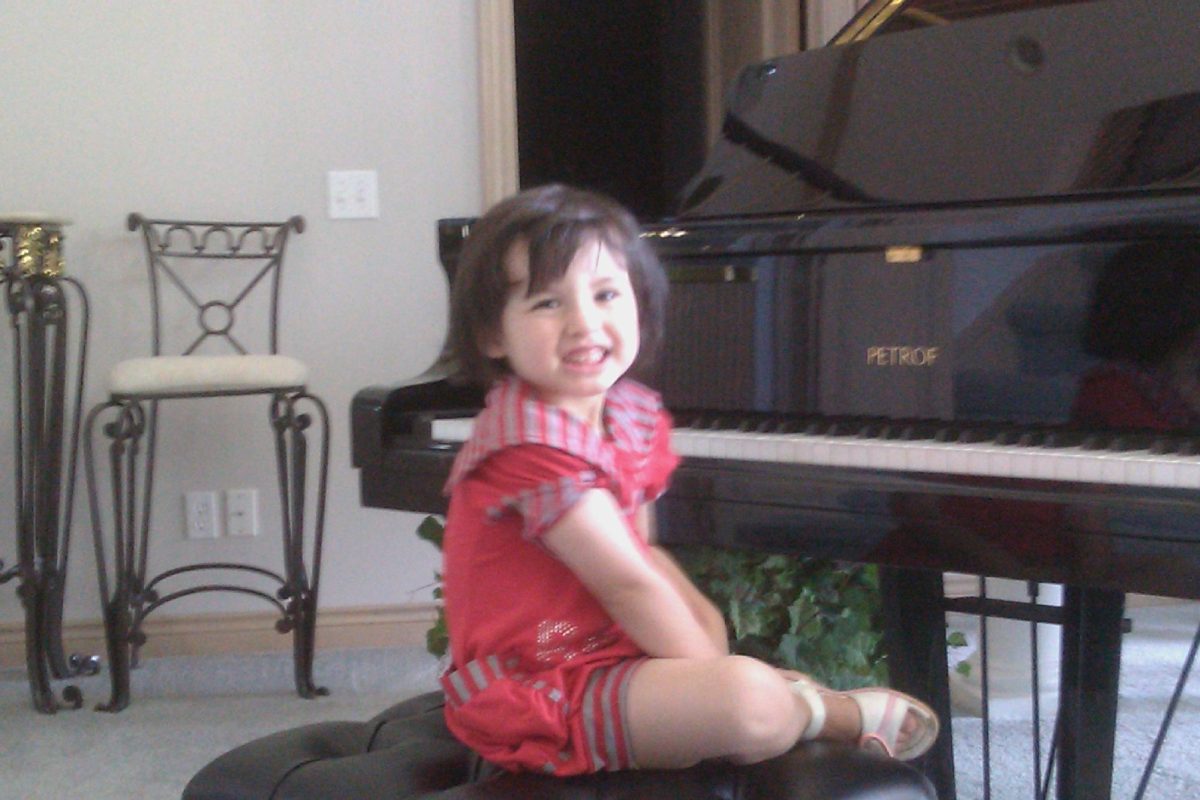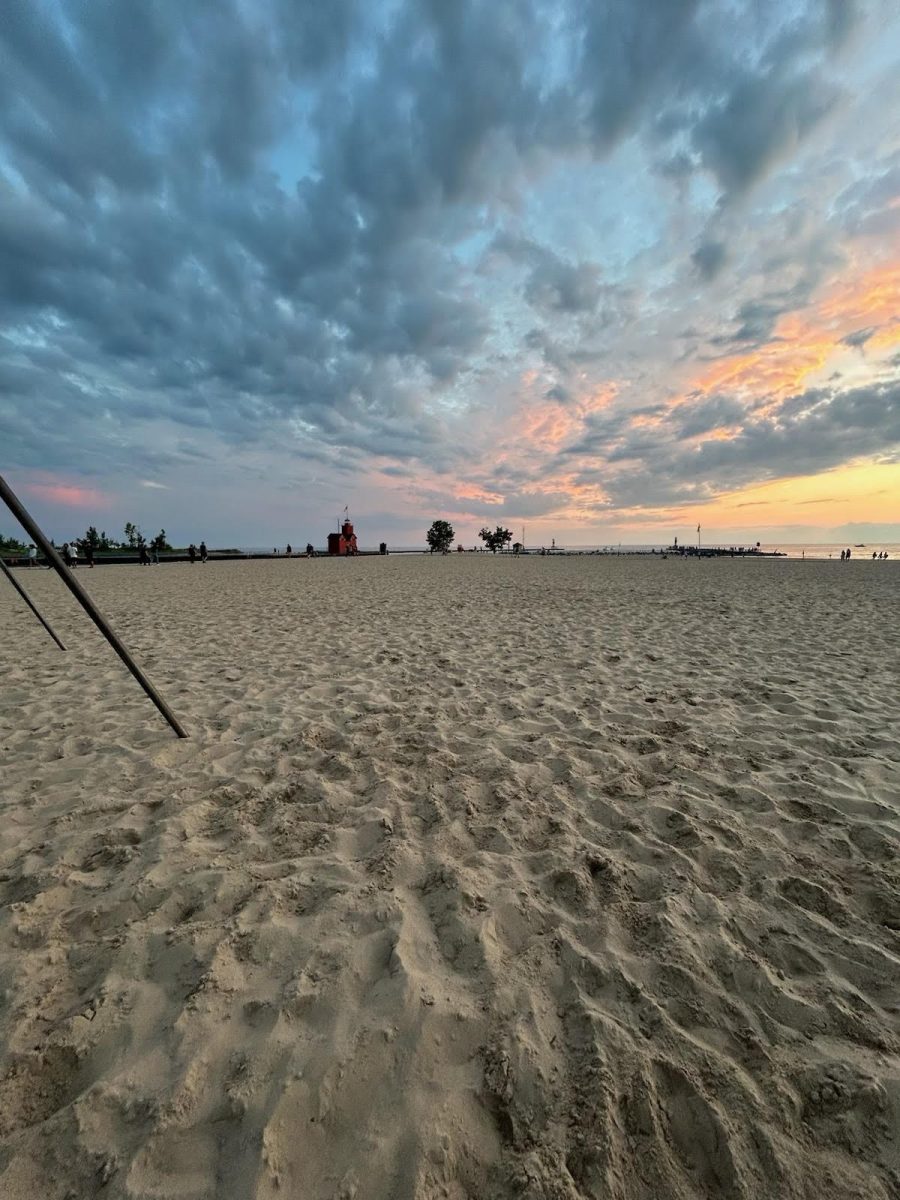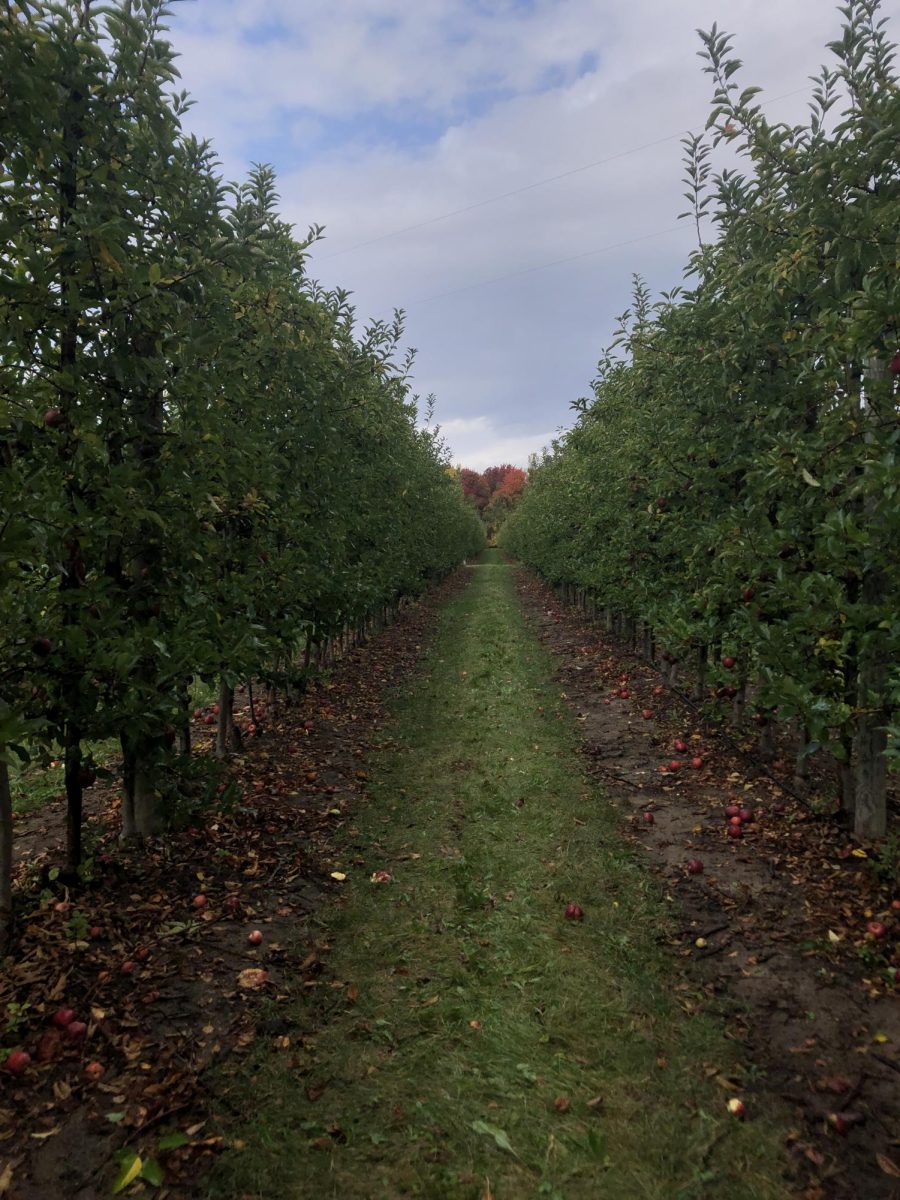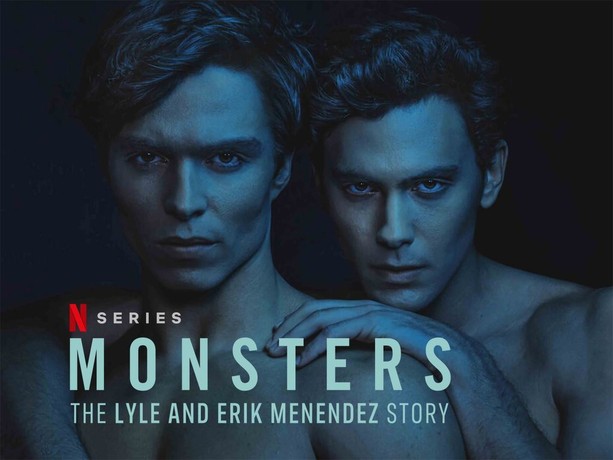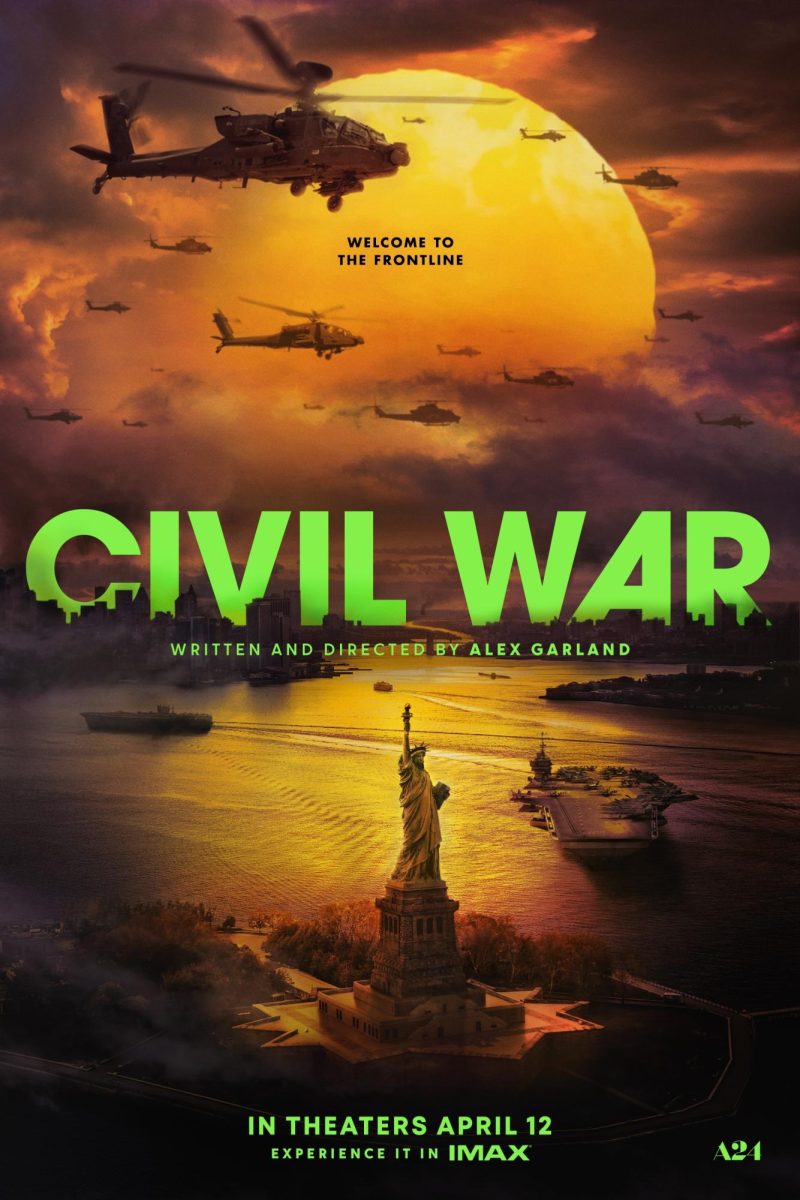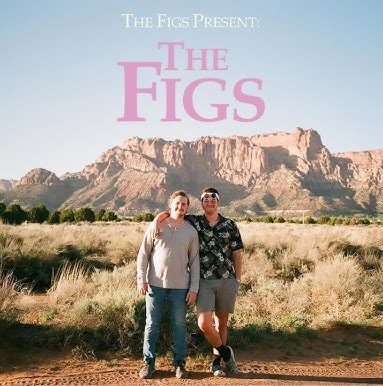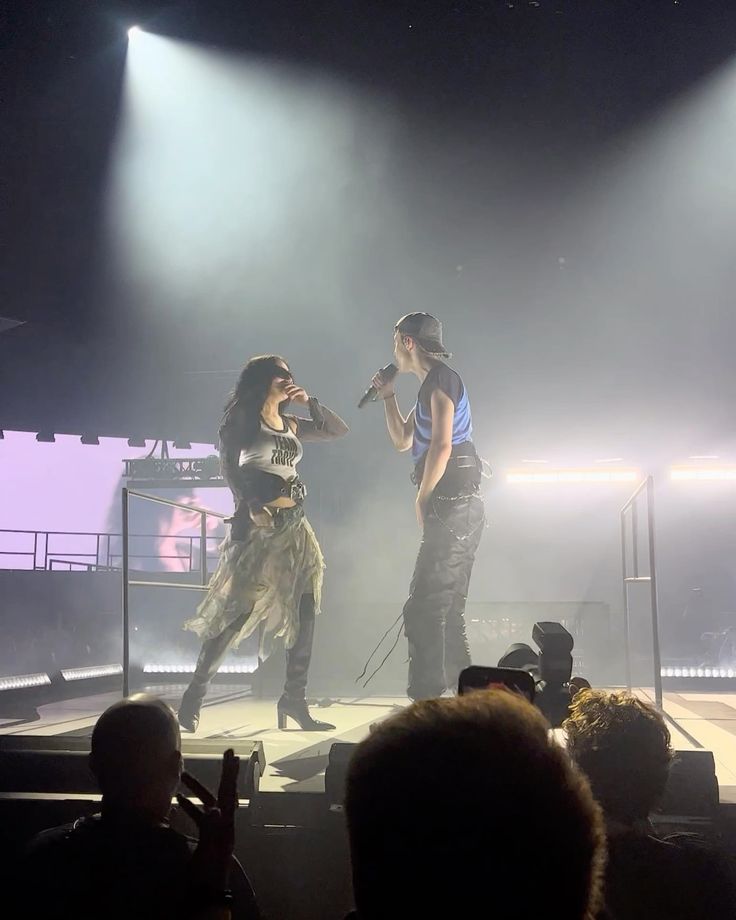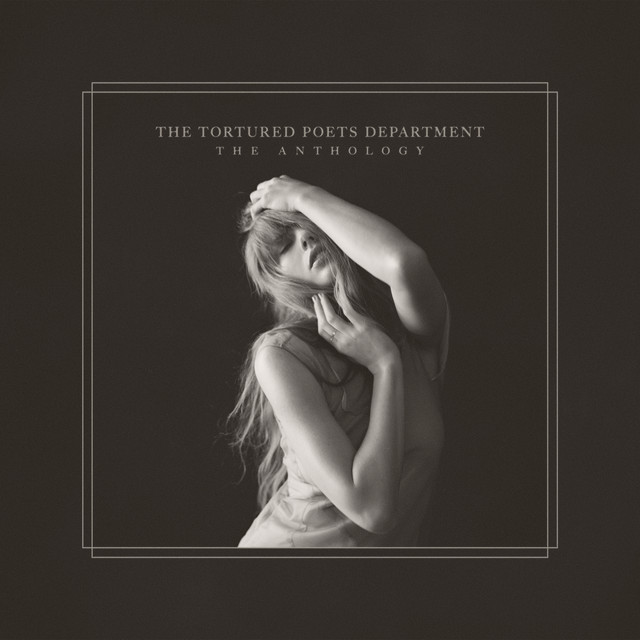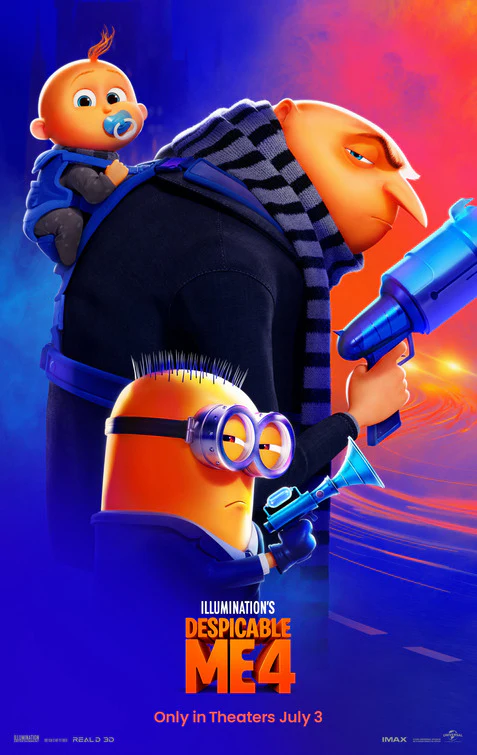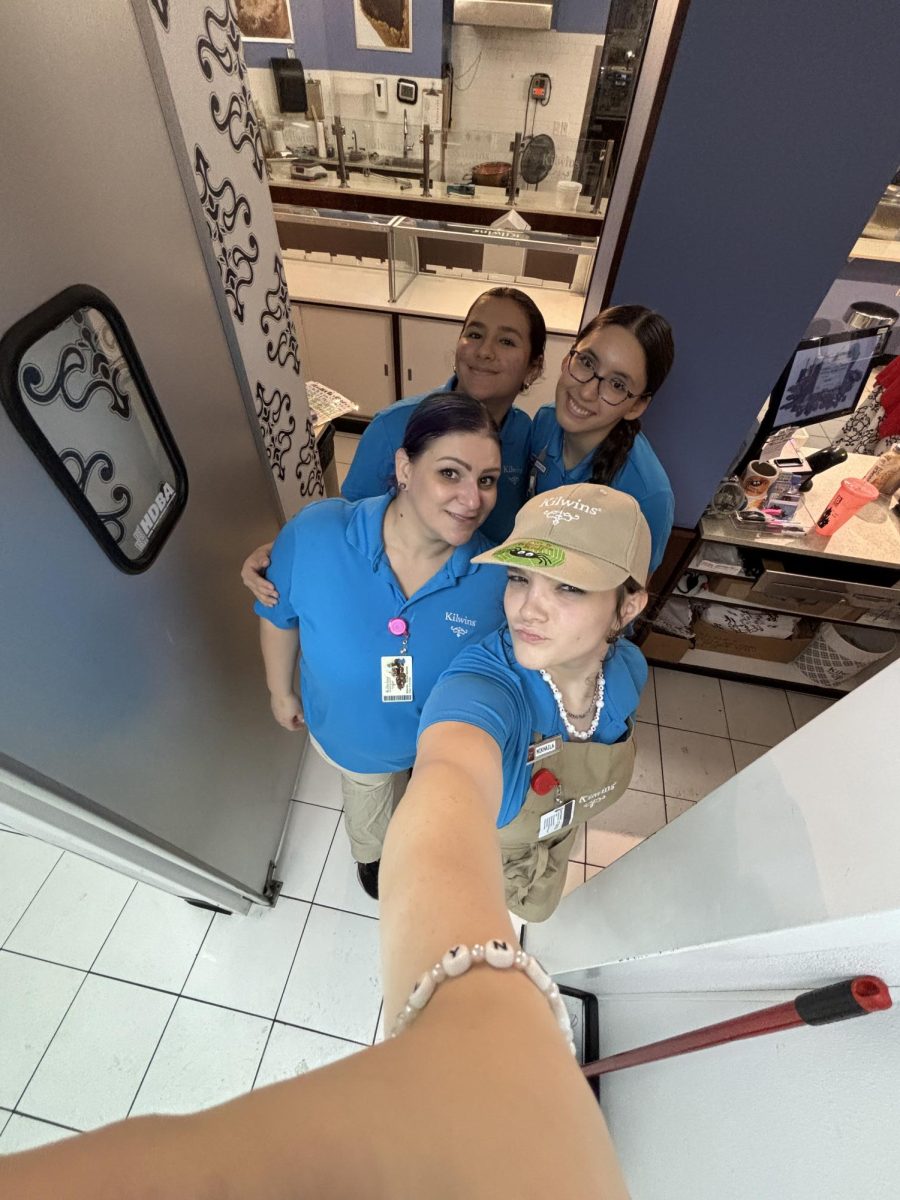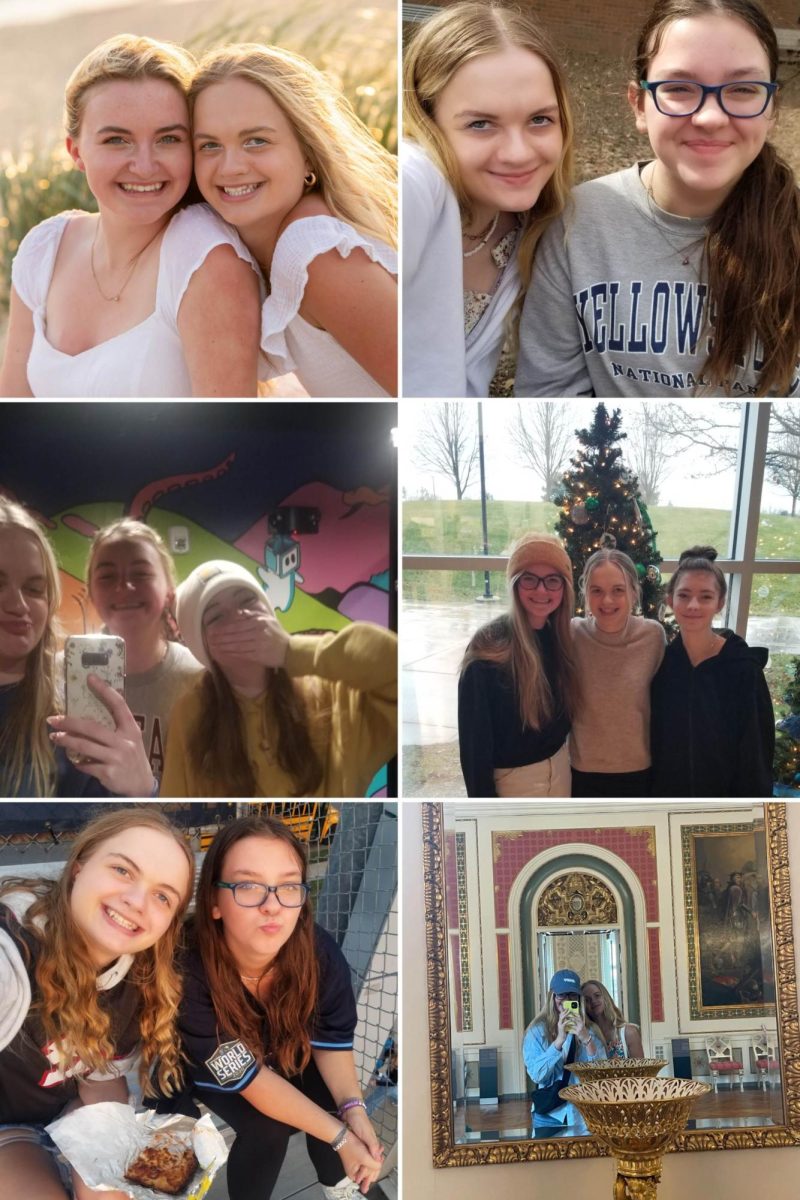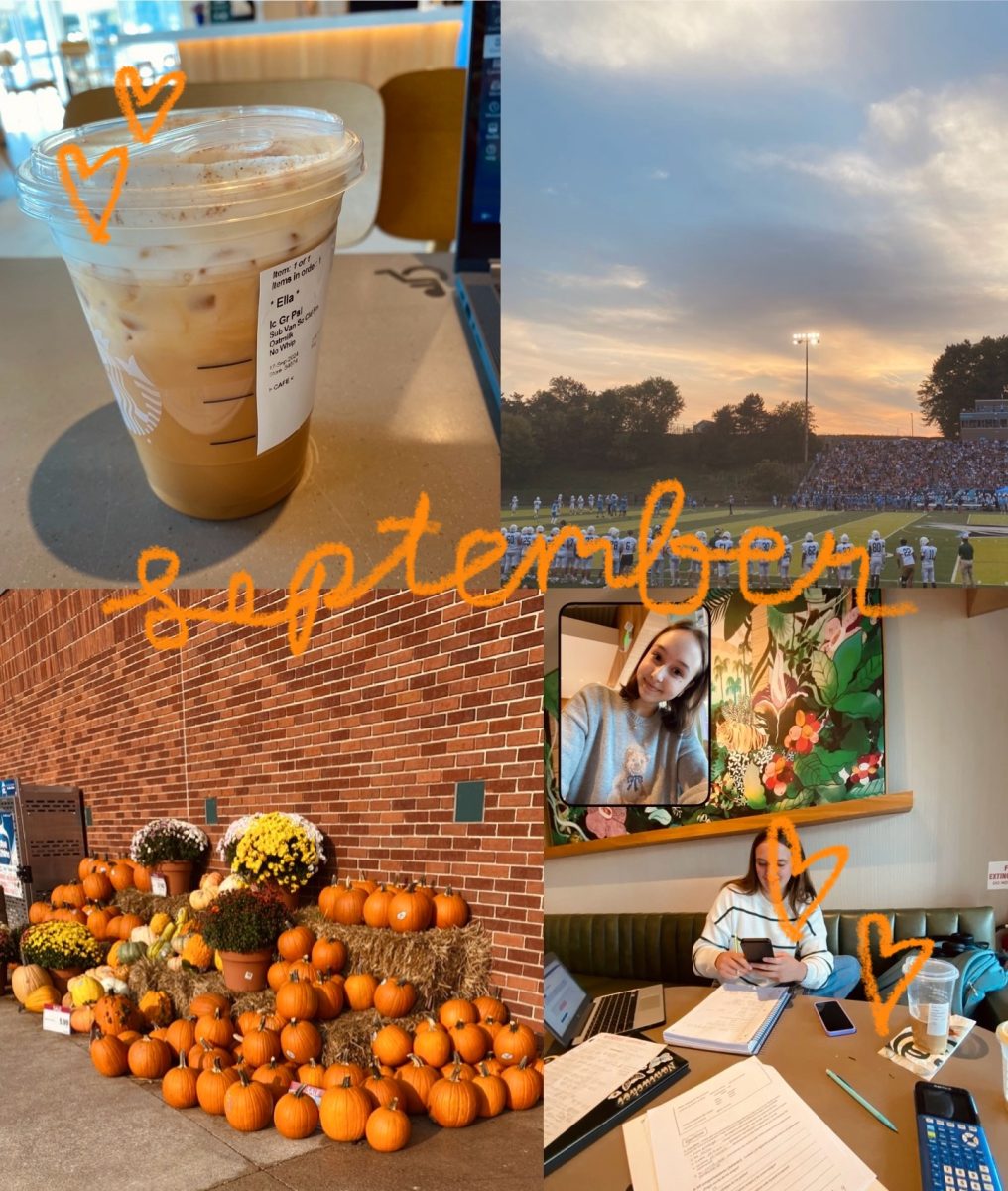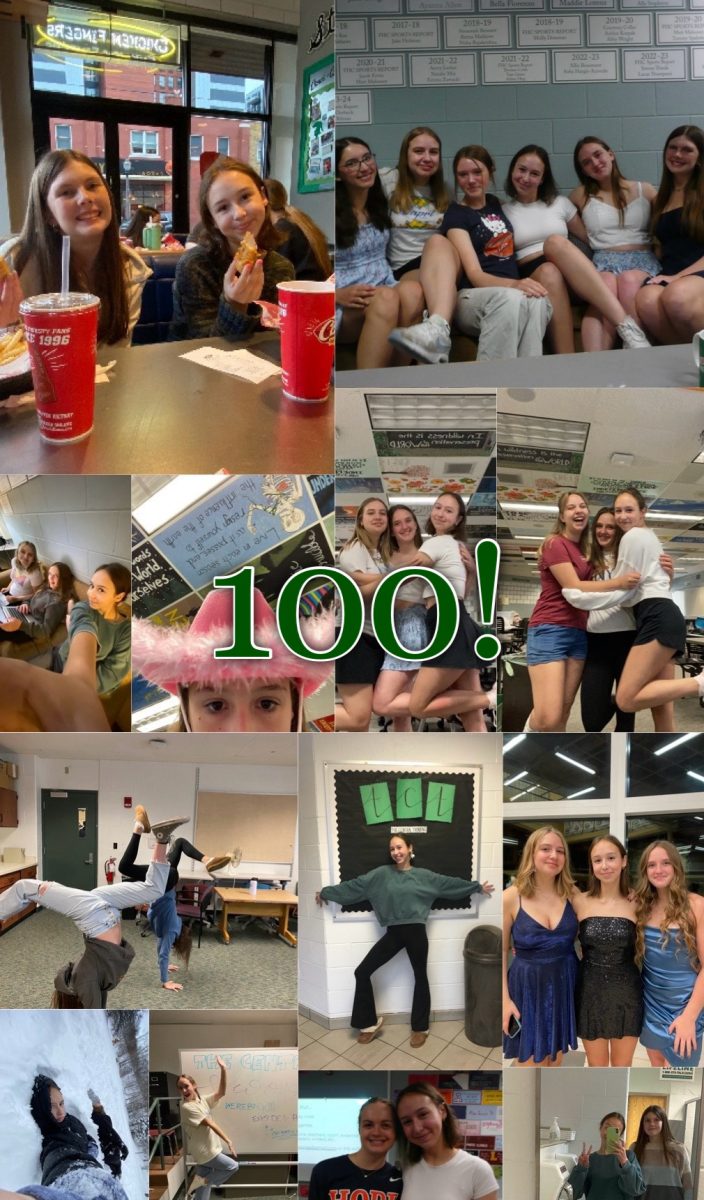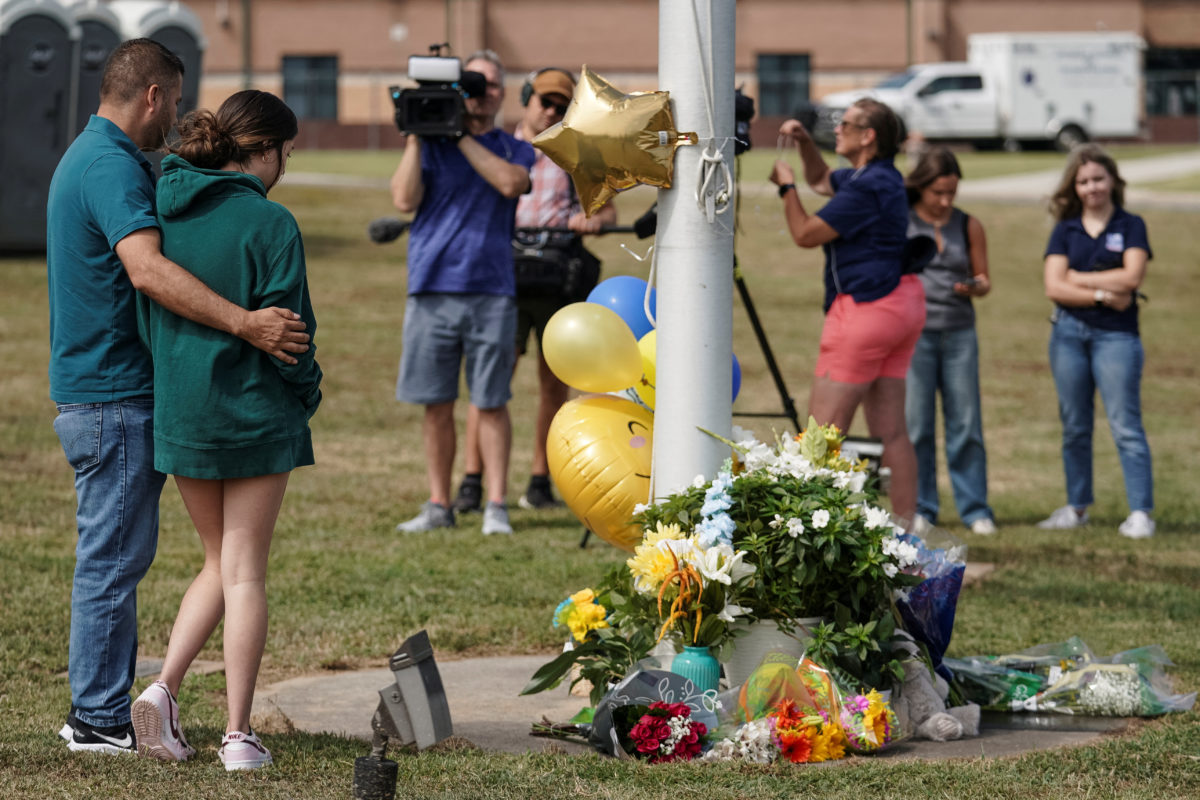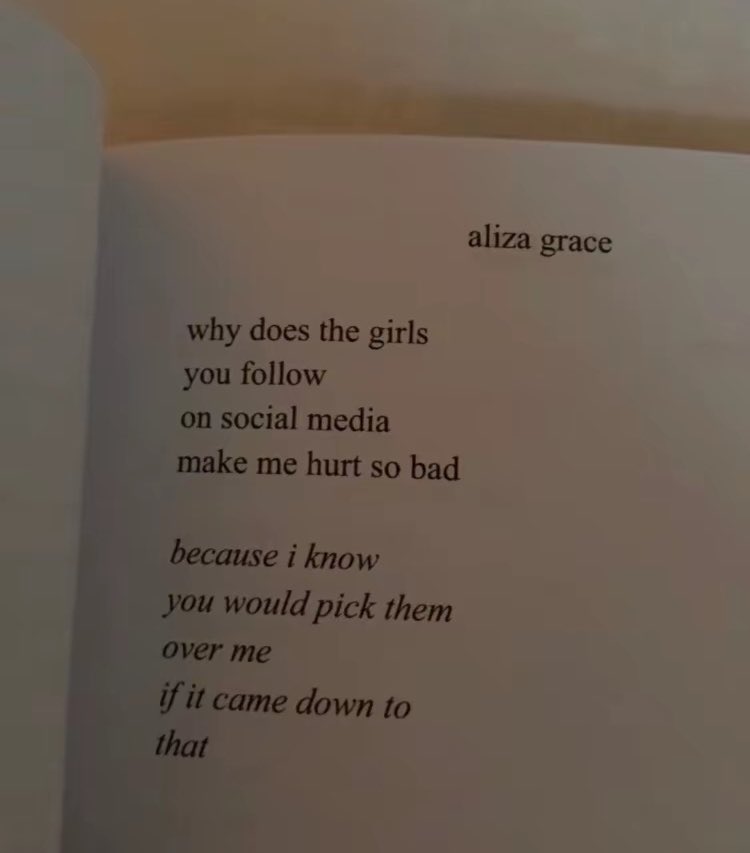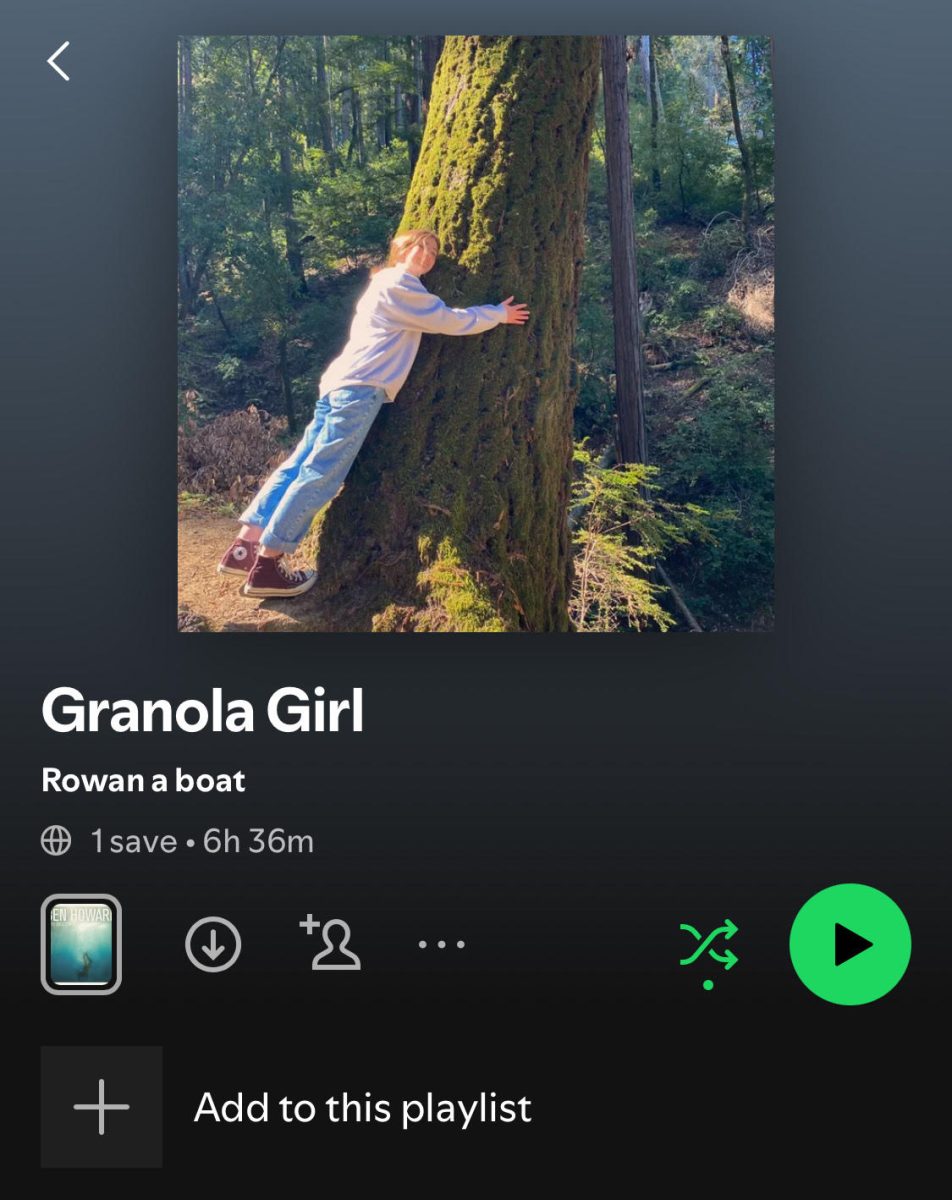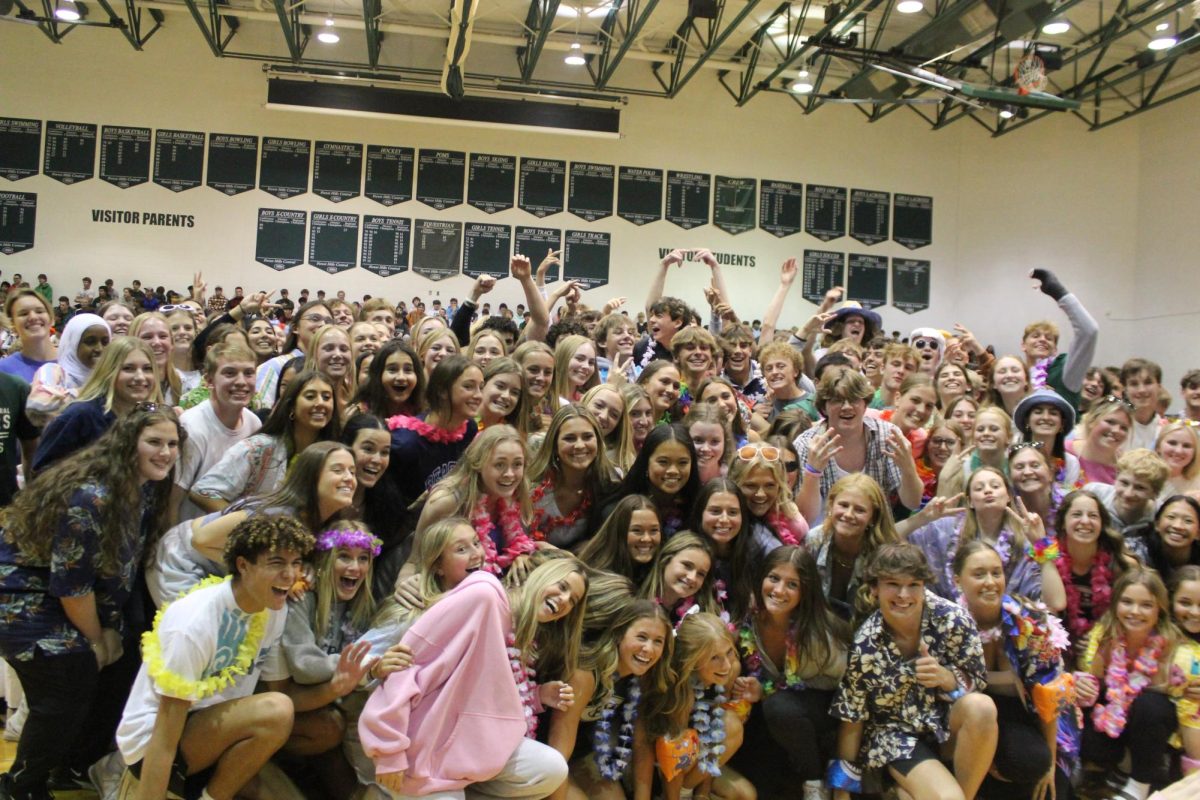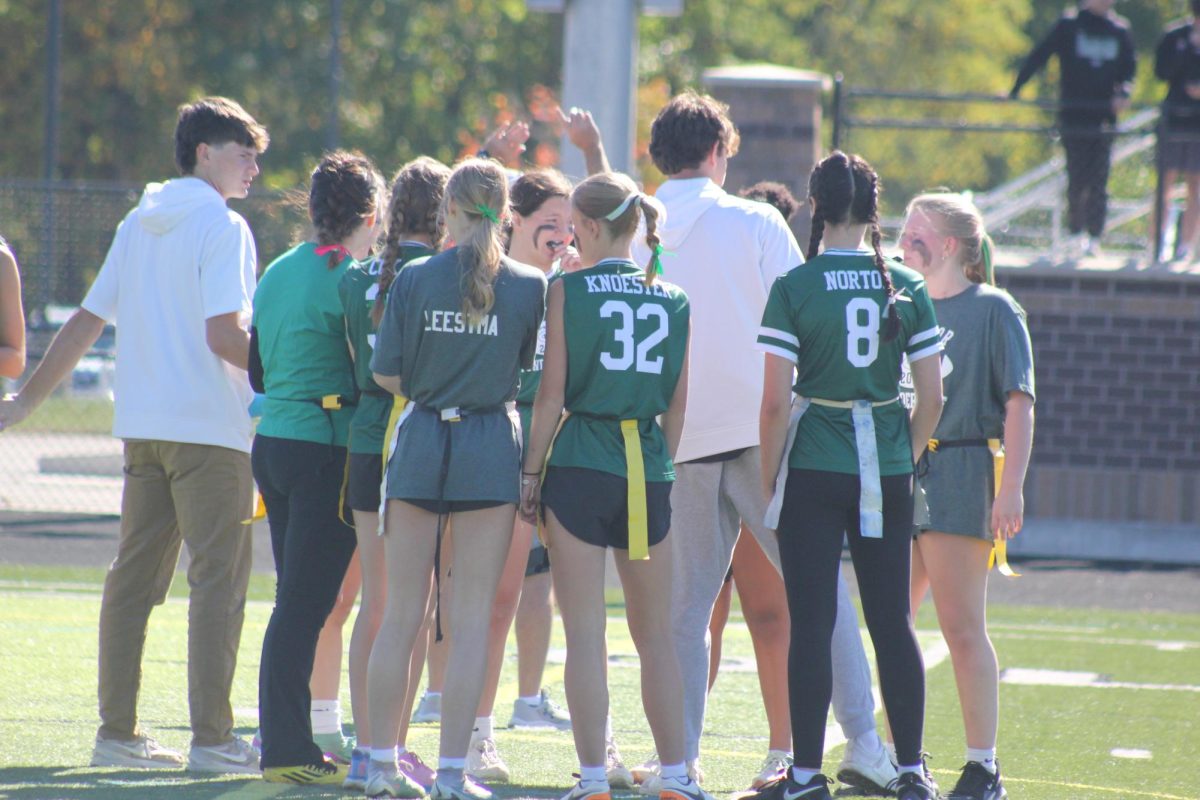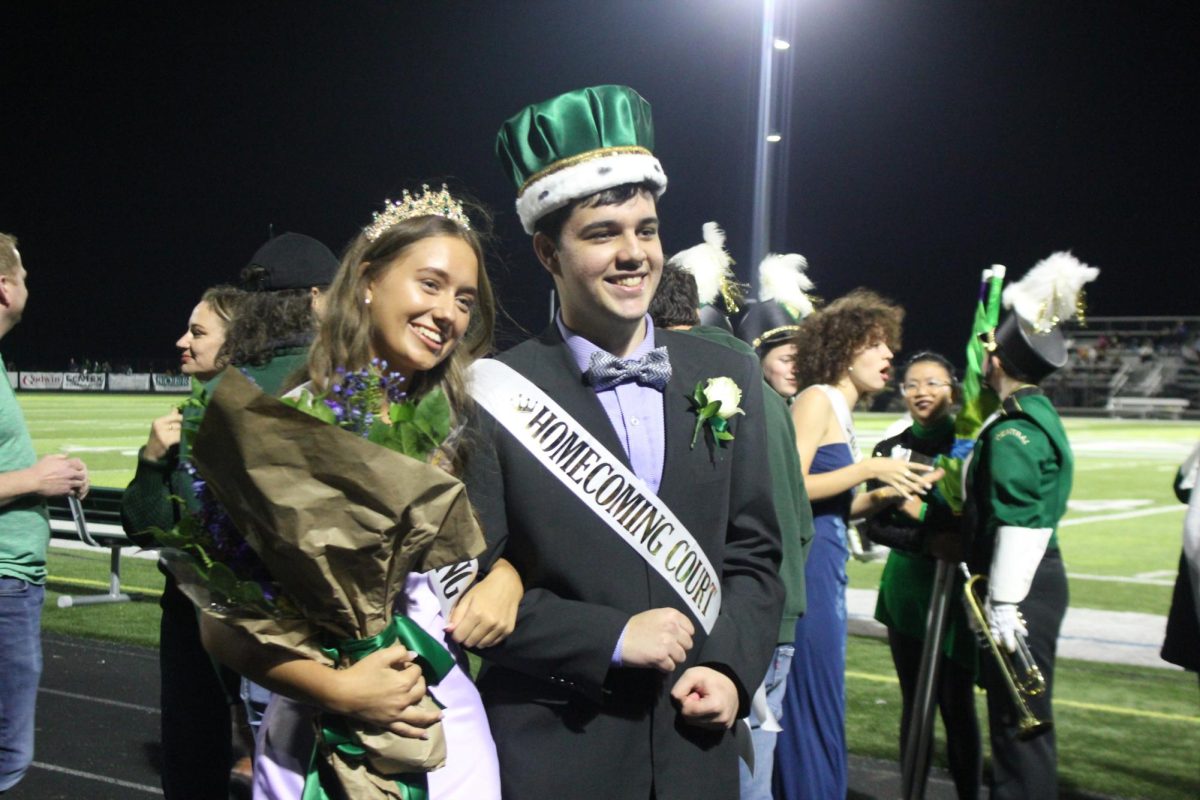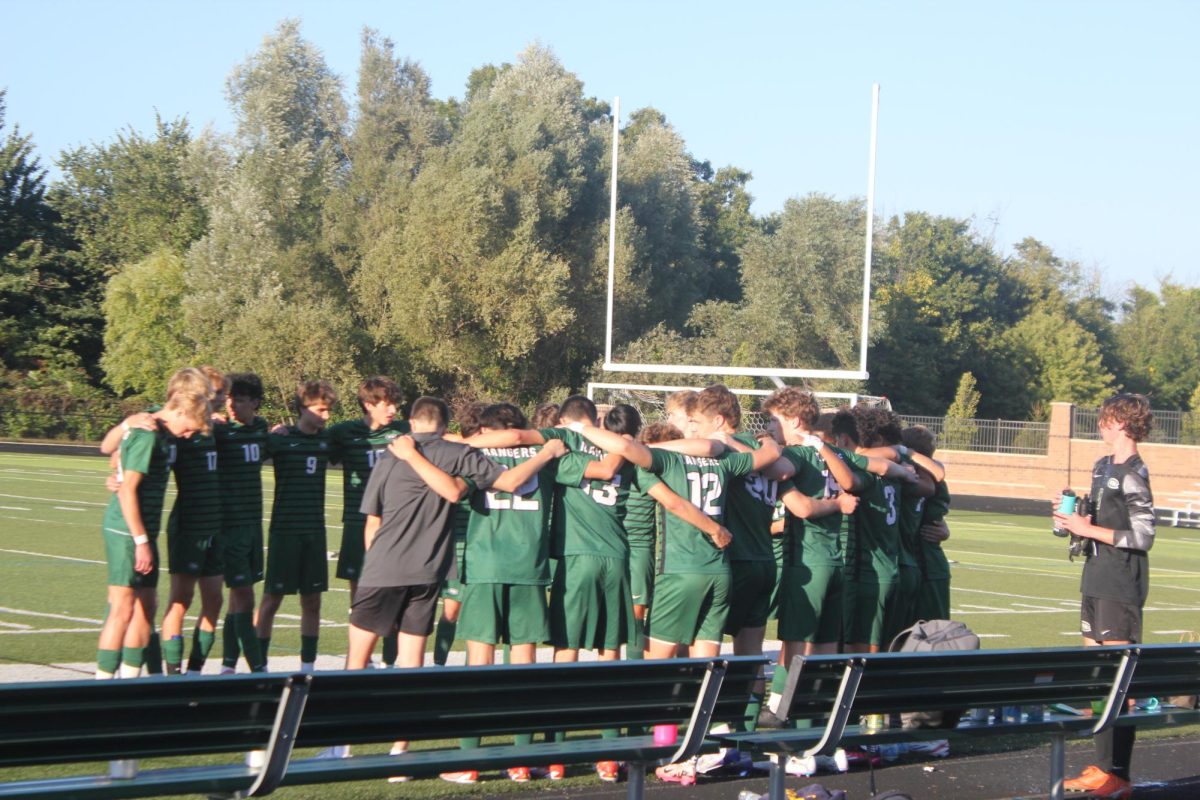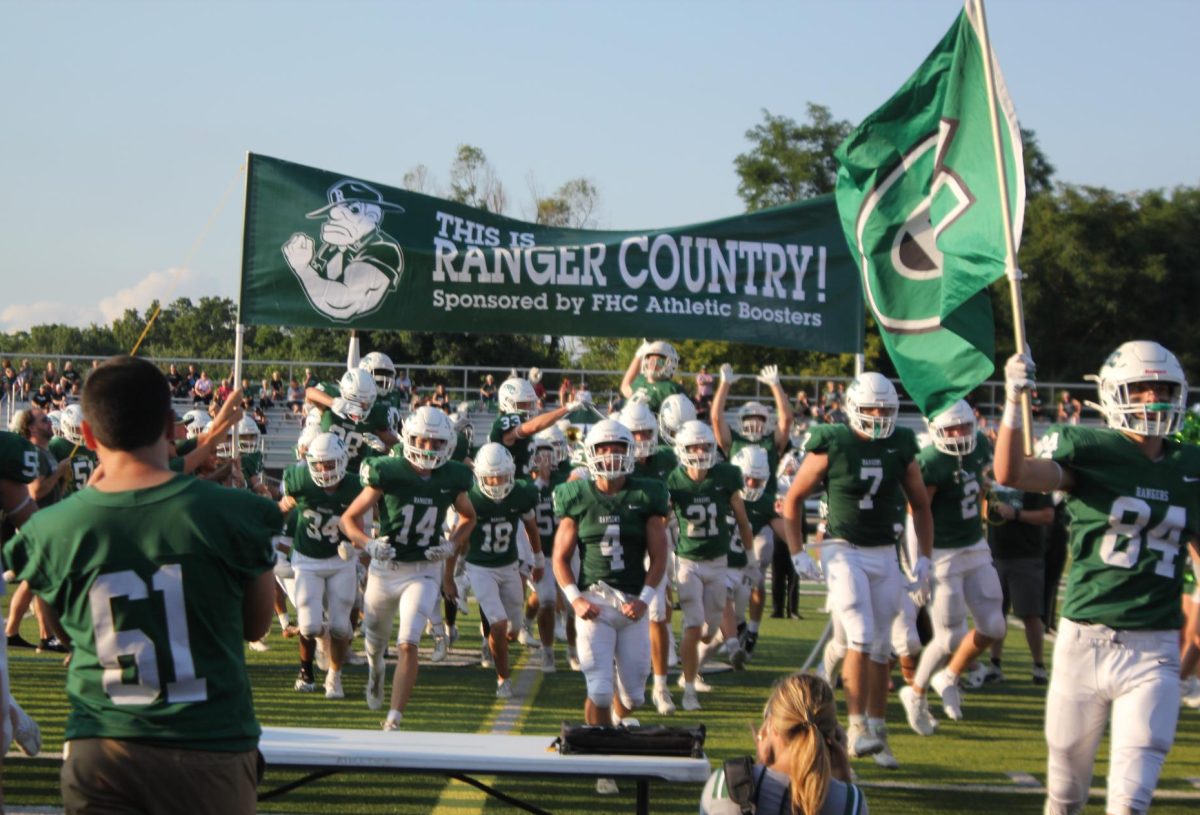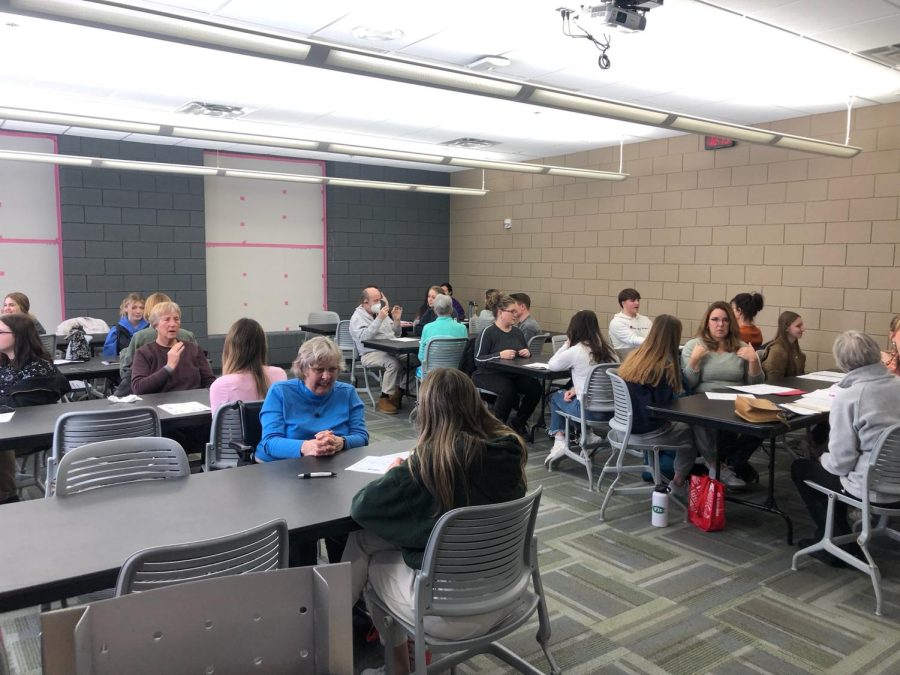Signing seniors offers high schoolers a chance to bond with older generations
The ASL students and the elderly meet at the Fine Arts Center.
Despite the fact that American Sign Language teacher Kimberly Anderson has a talent for working with kids in their high school years, she is well accustomed to teaching people of all ages. From teaching night classes to adults and elementary students to her time as a teacher at FHC, Kimberly has decided to take her students to a new grouping of eager learners: the elderly.
ASL 3 and 4 students were invited by Anderson to, every Thursday, teach the elderly (or any interested adult) simple sign language, calling the program “signing seniors.” Since she could no longer teach night classes and was offered to take afternoons instead, Anderson decided that taking her students along would be beneficial to everyone involved.
“I got to thinking that my fourth hour senior students [could] do it at the same time, we could kind of buddy up,” Anderson said. “And, we could do an ‘adopt-a-grandparent’ kind of thing. That’s how I marketed it. [Then], it just expanded.”
Due to the sheer popularity of the program with students and limited slots, Anderson was forced to pare the number of students down. The excitement is surely understandable, though; this is the first year since the COVID-19 pandemic began that the lessons are available weekly rather than every other week.
The surplus of interested students had many more upsides than downsides. While some students weren’t able to teach in person, they made videos to help others review ASL signs. Because so many students offered to help Anderson to teach the senior citizens, there was a one-to-one ratio of tutor to tutee.
“I think the senior citizens took comfort in that they would only be working with one person for the entire class,” Anderson said. “So, they wouldn’t have to move seats, and they wouldn’t have to get to know another person or remember another person’s name; they just have that one person.”
While Anderson has experience in working with people of all ages, senior Kami Koetsier has begun her journey this year in ASL 4. Even though she is new to this position, she has already found joy in connecting with the senior citizens.
The age gap between Kami and her elderly student may seem like it would cause generational differences and a difficult time communicating with one another, but that couldn’t be farther from the truth. Kami has already bonded with her student regardless of the fact that the program started recently.
“I hope to gain a new friendship with the lady I’m teaching,” Kami said. “She may be old with gray hair, but she’s adorable and she’s adorable and she’s super fun to get to know.”
Apart from benefiting the ASL students who gain a deeper understanding of the language as they teach it to others, the senior citizens are also gaining a new skill, even in their old age. However, the benefits reach beyond just the student-teacher pair.
ASL is, arguably, one of the most important languages to learn in the U.S. because the deaf community can not be communicated with any other language. Learning this language helps expand inclusivity to those who are hard of hearing.
“[This activity] helps the ASL user community by spreading the knowledge of ASL around to other people so that the deaf community can feel included and appreciated in their everyday lives,” said Kami. “Basic ASL goes a long way.”
Even though the class was focused on the young teaching the elderly, the course was open to all adults, providing the perfect opportunity for those who never got the chance to learn ASL without committing long-term.
When Sheila Bates heard about the program from her daughter, senior Tori Bates, she quickly decided to sign up. Ever since she was young, Bates wanted to learn ASL, and she finally had the opportunity to do so in a friendly and familiar environment. Since she joined, Bates has learned lots from her experience.
“I think this will help overall with self-awareness,” Bates said. “I work in a sales job, and it has made me pause and think about my own communication. And, it helps me be more aware of other people’s non-verbal communication signals as well; I am finding myself more aware of others’ non-verbal cues such as their facial expressions and body language in response to me while talking.”
Alongside learning a language that she always dreamed of understanding, Bates is also getting the opportunity to connect with more young people. Despite having two daughters, she acknowledges that times have changed since she was in high school and it is still good to get involved with those in younger generations.
Because of evolving technologies and communication, it is important to preserve and practice other forms of communication, such as ASL. Through this, Bates has been able to connect with those who are in high school by learning such a skill.
“I think the class at FHC is a good lesson in interpersonal communication for high schoolers as well,” Bates said. “Having raised two daughters, things are very different for them than when I was in high school, including interpersonal communication. From a classroom perspective, it is refreshing to see a variety of ages and generations working together. This enables those who are older to see all of the positive, wonderful things this generation is achieving and how wonderful it is.”
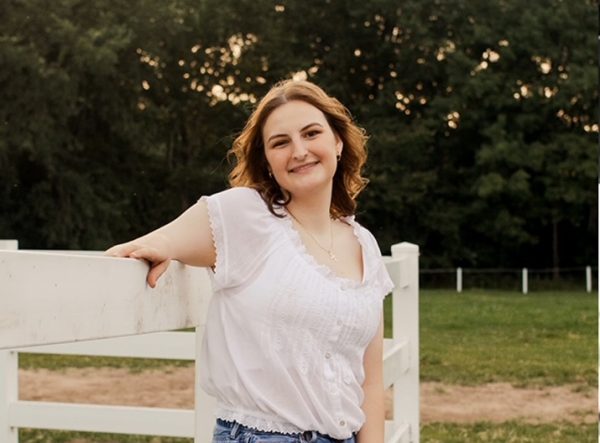
Eva Harshman is a senior who is thrilled to be entering her fourth and final year on staff as Editor-in-Chief. Apart from writing for The Central Trend, she...





